In February, the Vermont Fish and Wildlife Department announced changes to the current list of Vermont Threatened and Endangered Species. Seven species and three habitats received updated designations.
There was cause for celebration with the delisting of the Bald Eagle and a plant called Canada Black Snakeroot (Sanicula canadensis canadensis). As these and previous delistings demonstrate, we can recover our treasured natural heritage when conservation plans are put into action.
It took banning DDT, a chemical that caused harm to many bird species, and decades of intensive conservation work before the first Bald Eagle nest was found in Vermont in 2002 after a 60-year absence. But it wasn’t until 2008 when the first eaglet successfully left its nest. By 2020, the number of fledgling eagles had risen to 64, leading to its removal from the list. Meanwhile, recent surveys by botanists found that there are now at least 14 populations of Canada Black Snakeroot, with some growing on well-protected conservation lands. Long-styled Snakeroot (Sanicula canadensis grandis) remains listed as Threatened. Monitoring of both the eagle and snakeroot populations will continue following the delisting.
We now have a challenge ahead of us to help recover the other 53 listed animals and 164 listed plants that remain, as well as the five new species and the three new designated critical habitats now joining them.
Meet the New Additions
A species at risk of becoming locally extinct in Vermont is designated as Endangered, and those at risk of becoming Endangered without timely intervention are designated as Threatened. Learn more about each species by clicking on the scientific name and visiting the species profile on the Vermont Atlas of Life.
Anemone Meadow-rue (Thalictrum thalictroides) – Endangered
This flowering plant is a perennial member of the buttercup family. In Vermont, it is found in south-facing forests growing on calcareous bedrock that are hot, dry, and rocky. There are just two known populations in Vermont with less than 100 plants, and these can easily be disturbed.
Houghton’s Sedge (Carex houghtoniana) – Endangered
This plant is only known from a single location in Vermont, where it grows in dry, sandy soils, typically in forest openings and edges or disturbed areas.
Brook Floater (Alasmidonta varicose) – Upgraded from Threatened to Endangered
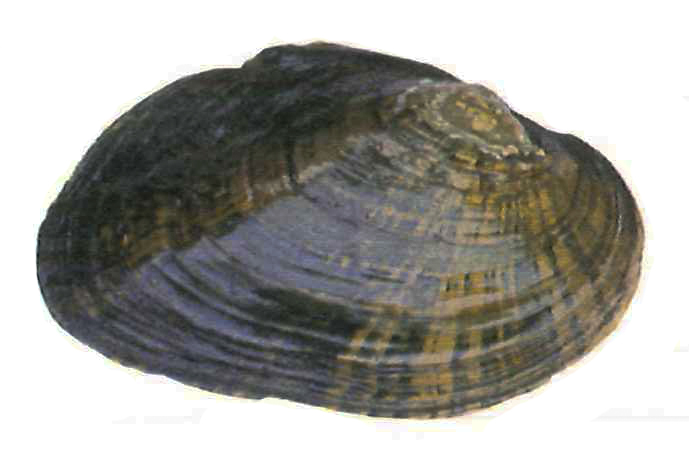
Brook Floater shell.
Surveys indicate this freshwater mussel has experienced a severe population decline in Vermont. This species is only known to occur in the West River in Vermont. It requires clear, free-flowing waters of moderate velocity and riverbeds with a mixture of sand and gravel. The Brook Floater is one of the most endangered freshwater mussels in northeastern North America. This species is not abundant in streams anywhere it occurs, and populations are often fragmented and isolated. Declining populations have been reported in at least 12 of the 16 states where it occurs. A survey in 2021 found just one Brook Floater, but high water flows hindered surveys, and we hope results are better this year.
American Bumblebee (Bombus pensylvanicus) – Endangered
This was once a common bumblebee in the Northeast, but it is now rare. Once a common species in the Champlain Valley, it has not been found since a UVM student’s unwitting discovery in 2000. It occupies grasslands where it nests on the ground among tufts of long grasses. VCE’s Bumble Bee Atlas gathered thousands of historical records from across the state and, with the help of community scientists, surveyed the entire state from 2012-2014. There were few records before 1960, but the available data suggested a mid-century increase in American Bumblebee relative abundance, followed by a significant population decline beginning by the 1980s. Despite our survey efforts over the last decade, we have not confirmed a population yet, but recent records from New York give us hope. The results of our Vermont Bumblebee Atlas also provided the information necessary to list three other bumblebee species in 2015, and we continue to monitor bumblebees throughout the state.
Eastern Meadowlark (Sturnella magna) – Threatened
Like the American Bumblebee, this species also relies on grasslands. The annual North American Breeding Bird Survey estimates annual North American Breeding Bird Survey estimate that they are undergoing an 8.7% annual population decline in Vermont, 8.8% in New Hampshire, and 2.5% across the continent. The 2nd Vermont Breeding Bird Atlas found a significant decrease of 55% from the first atlas. Its range changed markedly in the past half-century; the first bird atlas found that 27% of Vermont’s Eastern Meadowlark population resided in the Champlain Valley, compared to over 50% during the second atlas as populations elsewhere disappeared. The primary threats to the species in Vermont are thought to be loss of agricultural habitat and increased management intensity on the remaining hay and pastureland.
Last year as part of VCE’s Eastern Meadowlark Blitz, volunteers took to hayfields, binoculars in hand, to catch a glimpse of this striking bird or hear a wisp of its song, and determine their breeding status. They recorded their findings on our Vermont eBird site, where VCE biologist Kevin Tolan could see the results. Over 250 observers reported more than 800 Eastern Meadowlark observations. Based on those reports, it appears that the population is now almost entirely located in the Champlain Valley and Bennington County. Two previously unknown sites were found outside the Champlain Valley in Richford and Danville.
New Critical Habitat Designations
Places essential to populations of Endangered or Threatened species can be listed as critical habitats in Vermont. This year, the first sites were added to the list: three Common Tern Nesting islands, four Spiny Softshell nesting areas, and a bat hibernaculum.
Common Tern (Sterna hirundo) nesting islands in Lake Champlain
Common Terns were listed as endangered in Vermont in 1989 due to declining populations and low reproductive success. Breeding numbers have since rebounded due in part to the availability of these islands for nesting and their management. These islands are a mosaic of gravel, bare rock, grasses, and shrubs. Common Terns are a colonial nesting species that nest on the ground and use the bare gravel and rock surfaces for nesting. Terns have been documented nesting on the islands in Lake Champlain since the late 1800s. Green Mountain Audubon owns the islands and supported designation as critical habitat.
Bat hibernaculum in southern Vermont
This cave has been recognized as a bat hibernaculum since the mid-1900s. It is the largest hibernaculum in New England, attracting thousands of bats from all over the Northeast. It contains several Endangered bats, including a large number of Little Brown Bats (Myotis lucifugus). The area designated covers a 125-yard radius of critical habitat surrounding the cave entrance, and overlays the underground cavern. The cave is owned by The Nature Conservancy, which supported the designation.
Spiny Softshell Turtle (Apalone spinifera) nesting beaches
These four Lake Champlain nesting beaches for the Threatened turtle are managed by the Vermont Fish & Wildlife Department and were selected based on multiple years of monitoring. Each site supports an average of at least five nests annually. The four sites collectively account for a large proportion of all nesting activity in Vermont. Three beaches are state-owned. The fourth is privately owned, and the designation has landowner support.
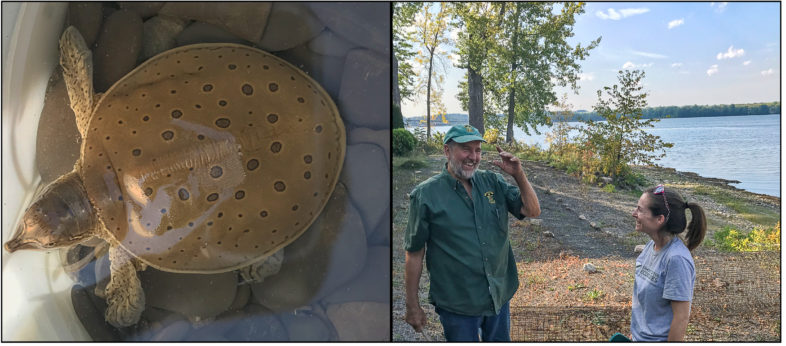
A hatchling Spiny Softshell Turtle ready to be released after hatching (left) and biologists surveying a nesting site along Lake Champlain (right).
VCE biologists are working every day to help understand which species and habitats are Endangered and help with their recovery. They serve on expert advisory groups for the Vermont Endangered Species Committee, author Threatened and Endangered Species Status Assessments and recovery plans, and help to actively manage some of these species. You can help by joining us as a community scientist and volunteer. By helping us build and deploy a loon raft, completing a wildlife survey for one of our projects, or helping us with annual population monitoring, there’s a lot we all can do to help protect and restore our natural heritage.
View and explore information about all of Vermont’s Threatened and Endangered Animals and Plants at the Vermont Atlas of Life Data Explorer.
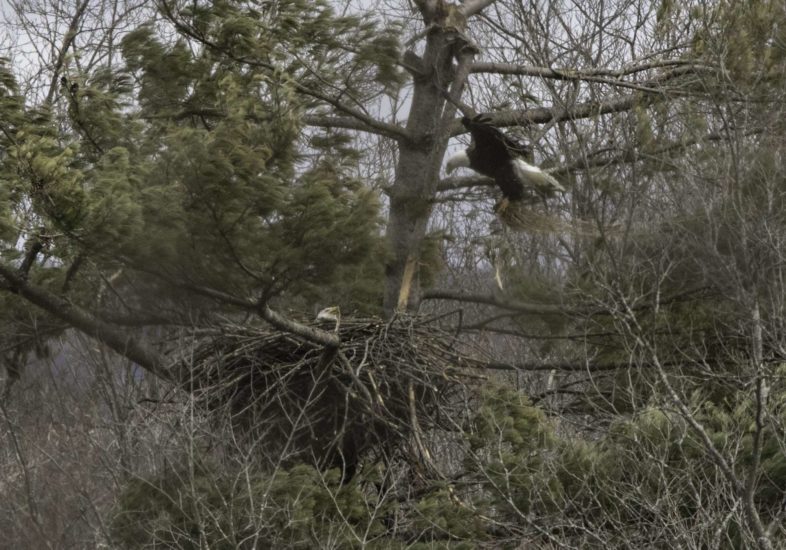
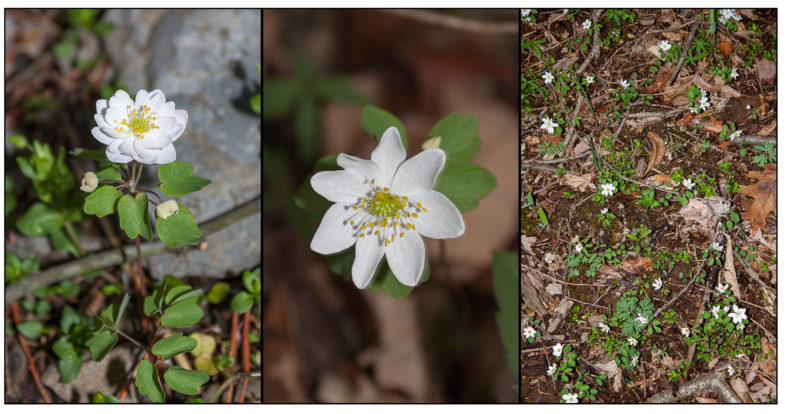
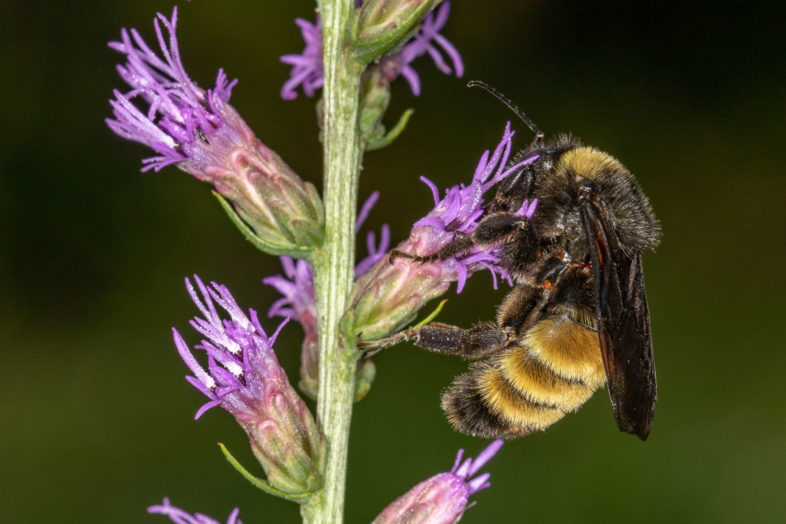
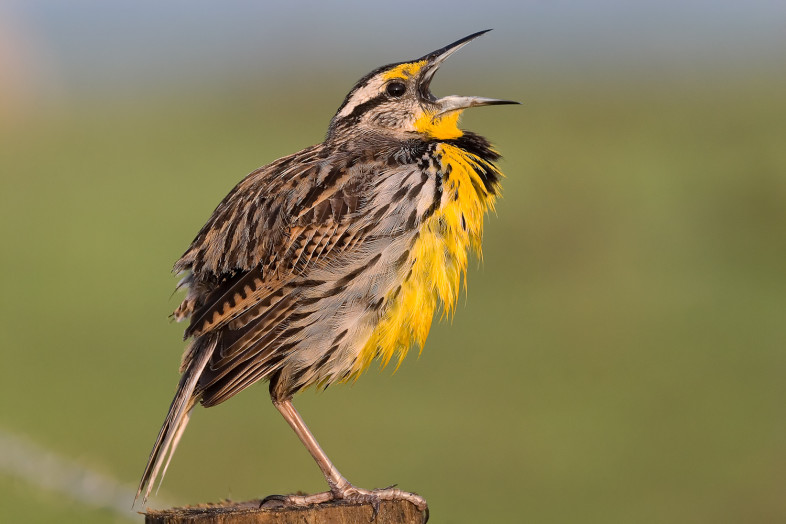
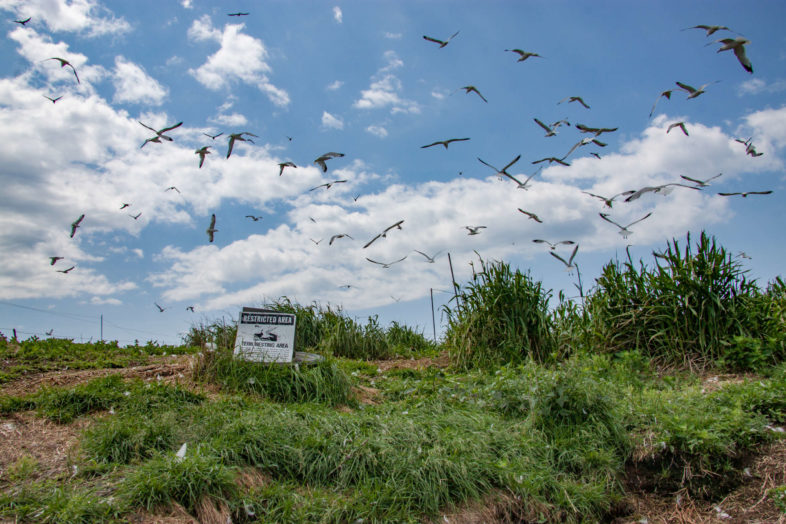
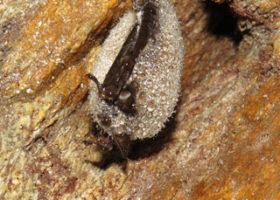

What is the status of the Wood Turtle?
We have a newly mapped habitat in Waterbury Center that is bey destroy by soil and bank erosion and clearcut mowing of Class II wetlands.
Wood Turtle is considered a species of “Special Concern” in VT (and throughout New England), which provides no legal protections under Vermont’s Threatened and Endangered Species law. It is also considered a “High Priority” Species of Greatest Conservation Need due to its reliance on riparian zones, which tend to be heavily developed or managed for human use, resulting in loss of habitat. Riparian areas are also commonly utilized for roads, which can result in high road mortality among Wood Turtles in some locations. For more info on Wood Turtles in Vermont, see the Section A1 of Vermont’s Wildlife Action Plan.
Mowing of a Class II wetland is in violation of Vermont’s Wetland Rules. this can be reported to DEC Environmental Enforcement.